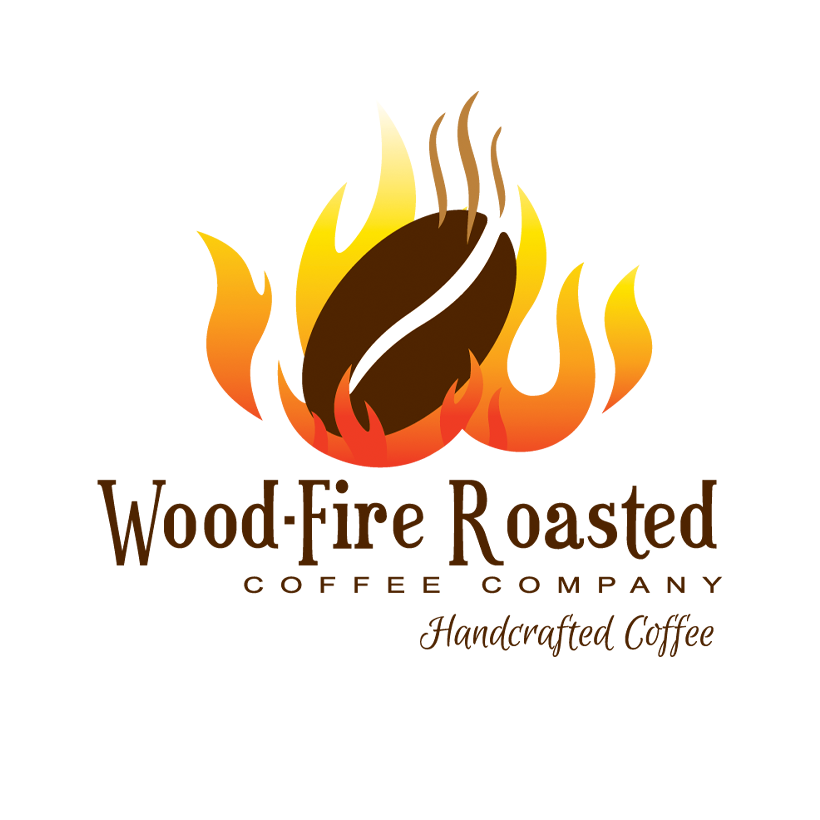Wood-Fire Roasted Coffee (WFRC) is embarking on a new mission with far-reaching benefits, beyond making your taste buds do a happy dance, and letting you face the day in a far better mood.
Adding a rotating array of three-to-five microlot coffees to the WFRC repertoire will help customers explore some unparalleled, limited edition, small batch coffees while also helping smaller coffee farmers around the world support their families.
When speaking about microlot coffees, there must be a hefty appreciation of character. Characteristics of the coffees, the characters who cultivate it, and the characters that roast it.
Because growing small batches of exceptional coffees is often a passion project with some hopeful financial reward for the farmers, while bringing out the best characteristics of the beans they produce also brings out the artist in roasters like WFRC’s Tim Curry.
“I get to do fun stuff with coffee!” he gleefully shares when speaking about the microlot coffees he’s currently exploring. “But more importantly, my customers get to try some high-caliber new things. It’s a win-win.”
Any opportunity to flex between mad artist and scientist when roasting is where Tim Curry thrives most. It’s also a fine line to walk when experimenting with new flavors and varietals. The scientist researches what characteristics are known to be present in some microlots when choosing beans to purchase, and thinks on what roast temperature the beans will react best to. The artist begins to think of ways to apply his craft in new and interesting ways to make his customers’ eyes roll back into their heads, and their smiles spread wide as they lower their coffee cups from their lips.
What is a microlot coffee?
Imagine looking at a global map of coffee farms. Whereas macrolot, high-production farms would often be the equivalent of a thumbprint in size (imagine how many beans must be produced to keep those big name brands in biz…), microlot farms would be more of a pinhead, if even that large. Output from a macrolot can be tens, even hundreds of thousands of pounds annually while microlots may put out a total of 2,000 pounds in a good year.
“Farms producing hefty quantities of beans can still release some stunning coffees,” Curry says. “Take Brazil, they have some huge farms, and the specialty coffee is usually excellent. Similarly, there are some microlot coffees that can be extremely overrated.”
Roasters who find exceptional microlot beans grab them for their customers, and in turn recommend their customers do the same, as when they’re gone, they’re gone.
Sure, beans will probably grow back on the bush the following season, but, like fine wines, growers and roasters seek out the perfect storm of flavor perfection each year, because beans are always under the influence of many uncontrollable environmental factors like weather conditions. Some of these factors make them better, some worse. But the only consistency for most microlots is the inconsistency, and the fact that when they’re good, they’re some of the best beans found anywhere.
Take a peek at this story on PerfectDailyGrind.com for a more detailed explanation.
Coffees with far-reaching impact
Coffee-lovers’ palates aren’t the only thing positively impacted by these small-production farms; the community, and often cultural, impact can be significant. Coffee farmers and workers the world over are gaining skill sets and financial independence, many on microlots.
In Africa alone, women are becoming empowered and climbing the socio-economic ranks – even becoming landowners in areas where that was previously unheard of – through the cultivation of coffee, and the formation of organizations such as the International Women’s Coffee Alliance (IWCA). This story on NPR.org shares the powerful impact that coffee farming has made on four African women.
How does a roaster choose microlot beans?
After 17 years in the roasting business, WFRC’s Tim Curry invokes both his inner artist and scientist in selecting which microlots to purchase from, but always listens to one expert in particular: his gut.
“I look at regional characteristics and what particular farms have been producing,” he says. He also checks out cupping notes from some reliable sources he’s developed over the years. “Then, after I have made my purchasing decision, I pretty much ignore all that information so nothing influences my own findings once I begin to roast and taste the coffee.”
Since he roasts over a wood fire in the old world style, he has a method to his microlot madness. First, he tastes the results of roasting the green beans until very dark, almost to a Full City roast, when he hears that second crack of the beans after the sugars have fully developed and want out of their casings. Then, he roasts the beans very lightly to see how the flavor characteristics behave. After these two roasts, and nearly two decades of experimentation, he can instinctually identify where those particular beans should fall in the roasting rainbow.
Why try microlots?
These beans and blends from microlots are truly exclusive, highly limited and of exceptional caliber. Much like the specialty beans Tim seeks out and roasts for his Coffee of the Month Club members, the microlots he’s begun offering will only be around for a short time, and only available to those in the know.
Wood-Fire Roasted Coffee will regularly feature up to five microlot coffees that Curry finds to be extraordinary, with two terroirs frequently in the mix.
“I like to have something great from both Brazil and Colombia, when available, that my customers can always count on.”
We look forward to seeing how WFRC continues to elevate his customer’s tastes, and the quality of life of so many microlot farmers, if even on a micro scale.
